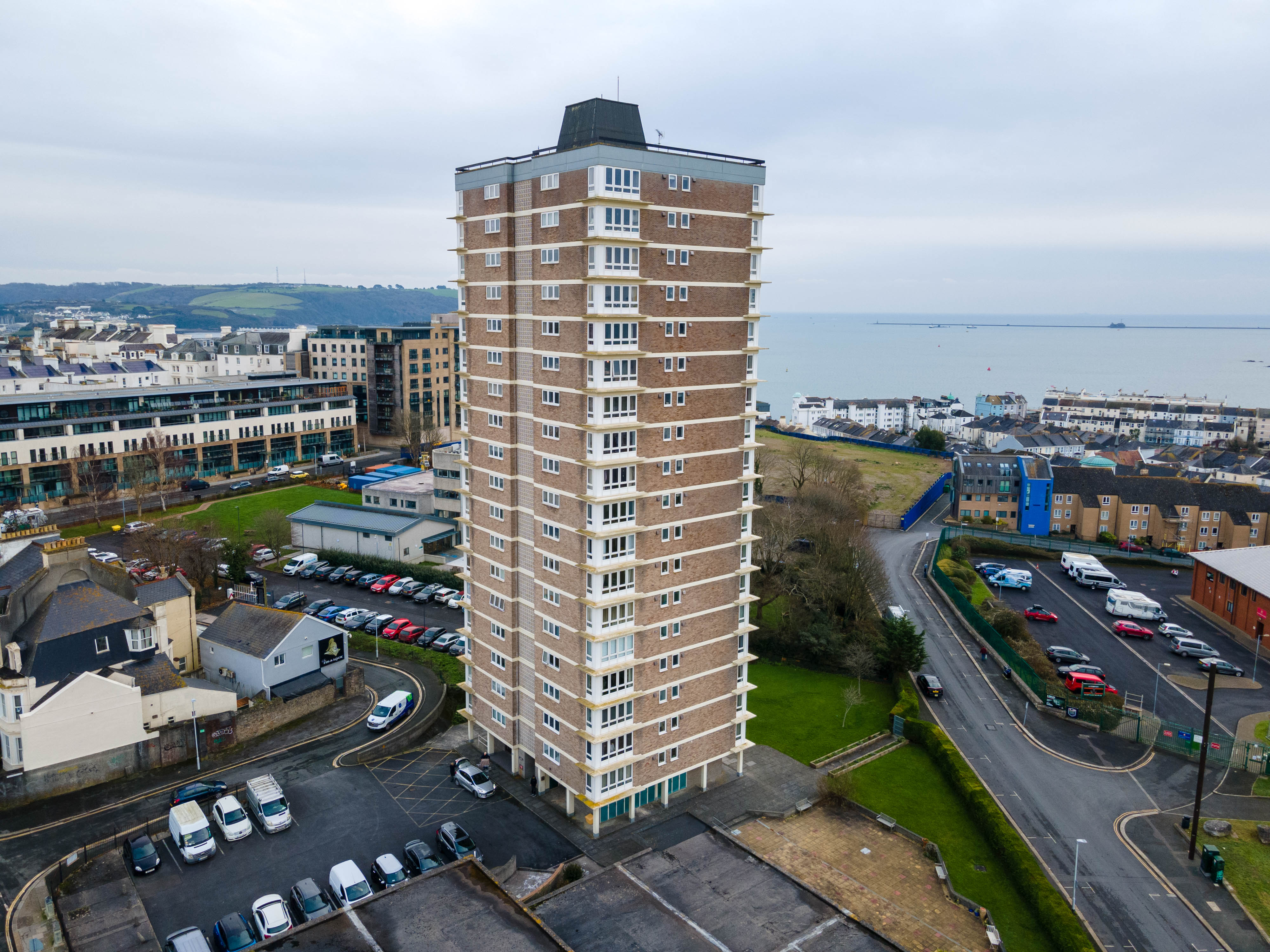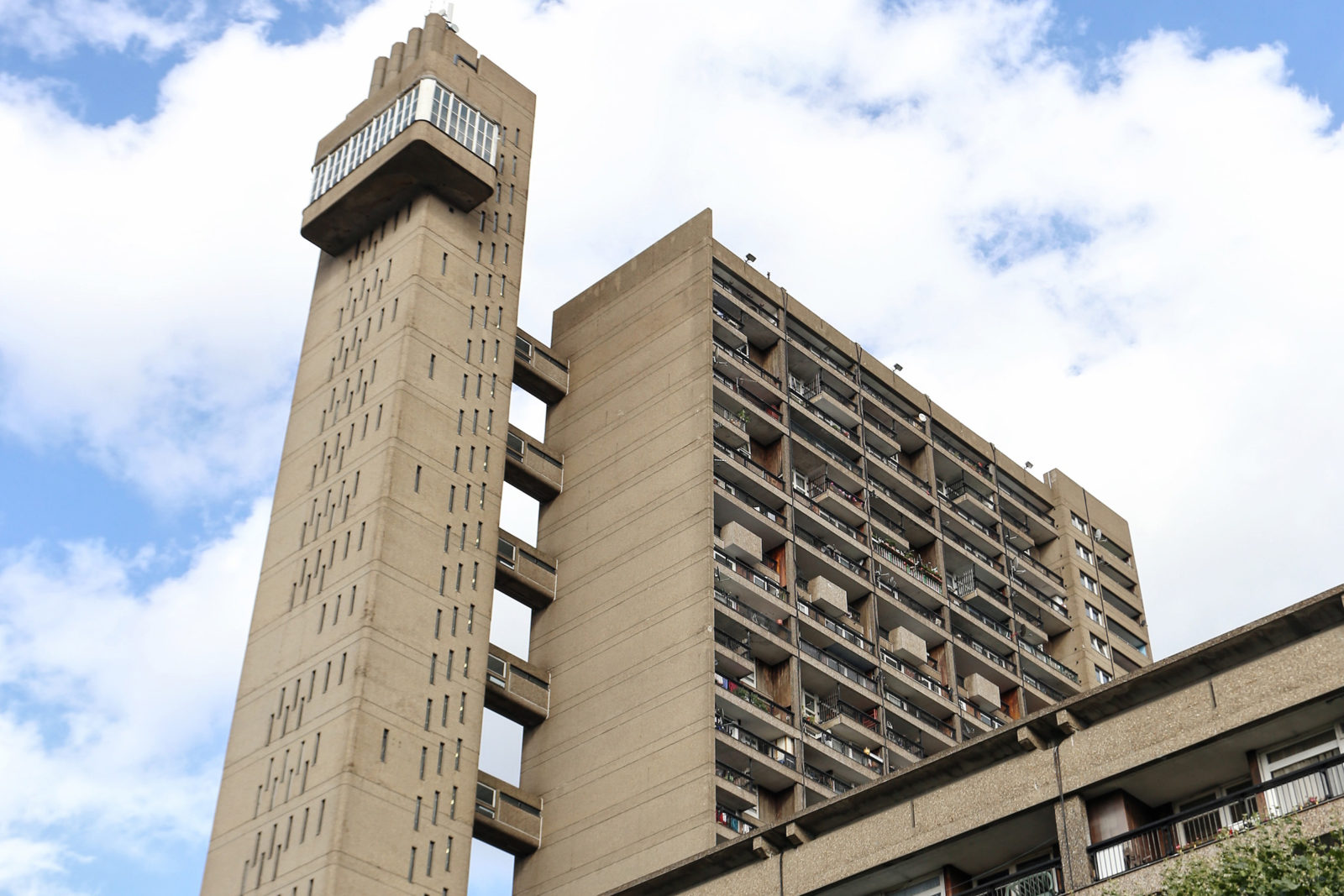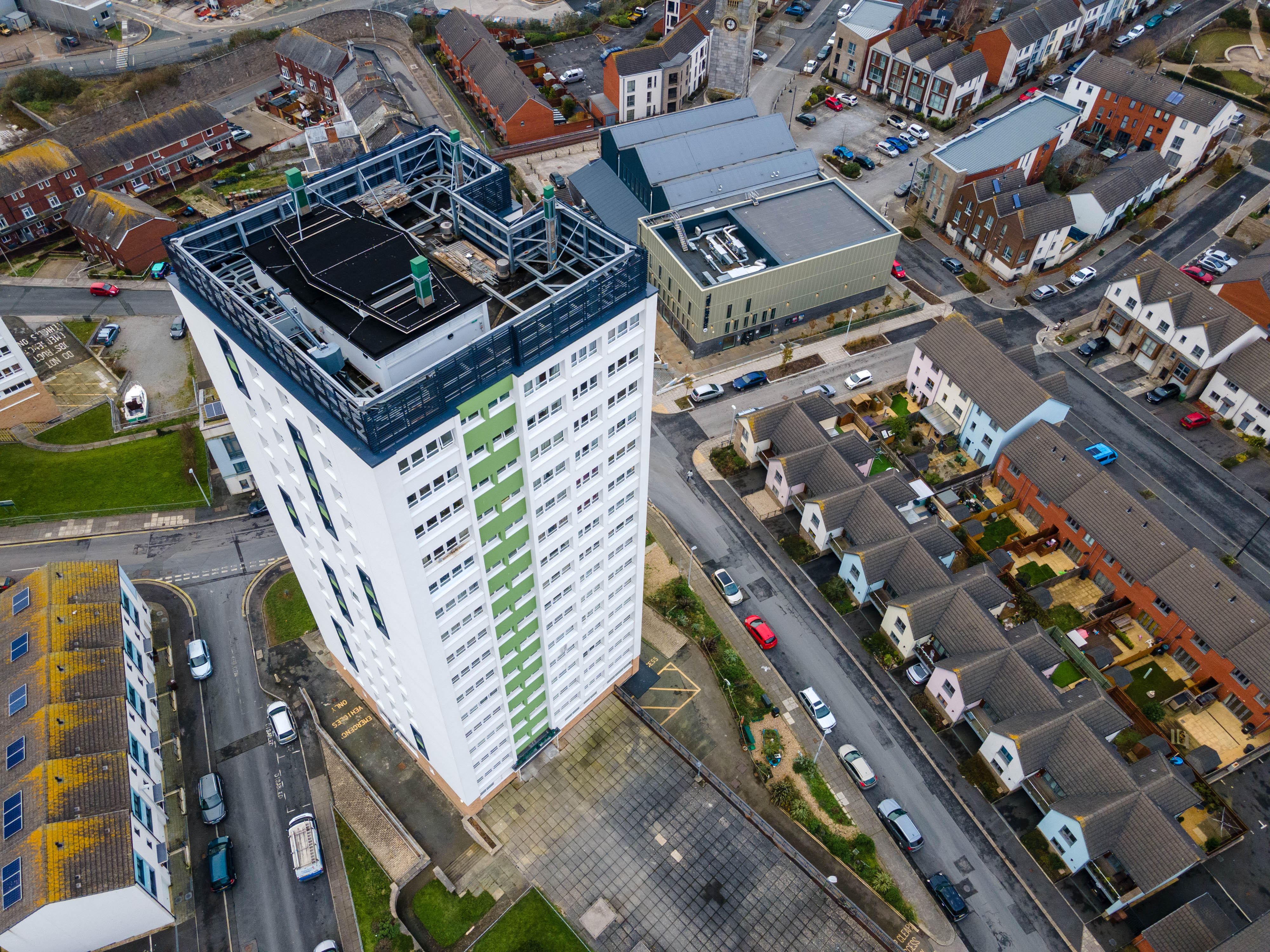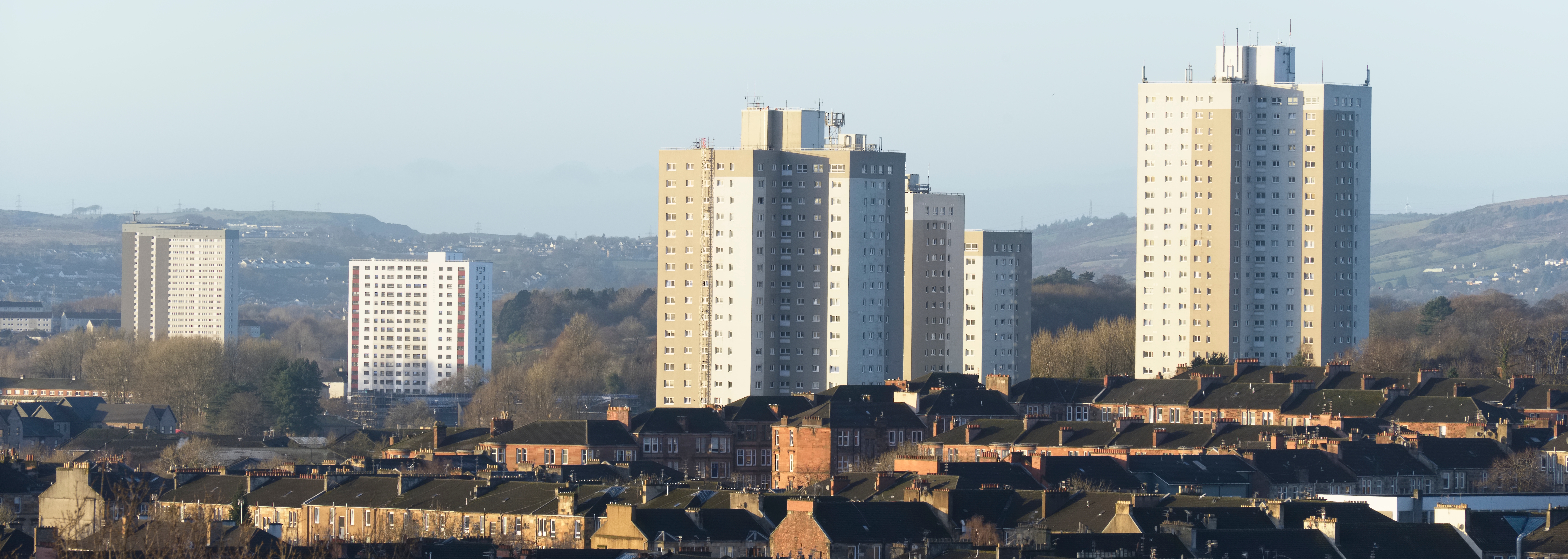Introduced in English legislation in April 2022, the Building Safety Act aims to increase residential safety through more stringent building safety regulations for in-scope high-rise buildings.
Based on the recommendations by Dame Judith Hackitt in her Building a Safer Future Report, the new Act introduces a series of provisions for safer planning, design, building, refurbishment and management of residential buildings. But, even more importantly, the legislation promotes a positive culture and behaviour change through a more efficient fire safety occurrence reporting regime.
The mandatory occurrence report requirement, together with current reporting strategies such as risk assessment, RIDDOR and voluntary occurrence reporting, aims to improve the communication of information regarding potential safety hazards.
This blog outlines what Building Safety Regulators and duty holders need to know to comply with the new requirements.
Mandatory Occurrence Reporting: A New Reporting System to Increase Safety
The Building Safety Act has been introduced to raise the bar of residential standards throughout each phase of a building’s life cycle, from its design to its occupation stage. This isn’t possible without a reliable and efficient communication system that allows Building Safety Regulators to understand current fire and structural risks and address them.
The mandatory occurrence reporting system is set out to fill this gap, provide a shift in culture towards safety and keep responsible people accountable in the event of an accident.
The New Mandatory Occurrence Reporting Requirements
As outlined in part 4, provision 87 of the new Building Safety Act, the new mandatory occurrence reporting requirements include:
- A building’s Accountable Person (duty holder) is responsible for collecting and reporting information to the Building Safety Regulator in a specified way and time
- The information must relate to safety risks on the part of the building under the supervision of that Accountable Person
- Failing to report a safety risk is punishable with a fine
- The Accountable Person is responsible for creating and establishing a mandatory occurrence reporting system
The Safety Occurrences to be Reported
While the law specifies that current fire, safety and structural risks must all be included in the mandatory occurrence report, stakeholders need to understand what occurrences fall within the category.
Currently, the Act only specifies reporting occurrences that pose a barrier to the safety of a building and its residents. However, Regulators will continue to work to supply Accountable Persons and duty holders with a standard document to recognise and report applicable occurrences and faults.
Mission and Goals of Mandatory Occurrence Reporting
Mandatory occurrence reporting is designed to help report structural flaws and fire risks that might arise at any point throughout the life cycle of a building and can cause catastrophes, such as the Grenfell Tower fire.
The main goals of the new mandatory occurrence reporting requirements are:
- Introducing a more reliable reporting system that complements RIDDOR and voluntary occurrence reporting regimes
- Strengthening the golden thread (or the digitally-stored collection of information about a building and its safety)
- Boosting residents’ engagement to improve the accuracy and frequency of fire and structural risks
New Responsibilities for Duty Holders
As outlined in the Building Safety Act, duty holders are accountable persons, entities or organisations who play a key role in one or more stages of the building’s life cycle. The Act outlines the different roles and responsibilities according to the activities each duty holder is responsible for.
Key figures include:
- Client
- Principal designer
- Designers
- Principal contractor
- Contractors
Since mandatory occurrence reporting is compulsory from Gateway 2 (the construction phase) onwards, the duty holders mainly responsible for mandatory occurrence reporting are the principal contractor and contractors during construction.
Once the building becomes occupied, the Accountable Person — or the duty holder in place during the occupation phase of a building — will be the main entity responsible for mandatory occurrence reporting.
Some of the responsibilities of duty holders under the new mandatory occurrence reporting framework are:
Establish a Mandatory Occurrence Reporting System
Both new and existing buildings will be required to have a mandatory occurrence reporting system by the end of the Building Safety Act’s grace period. The main role of the Accountable Person acting as a duty holder is to establish and manage an effective reporting system that allows stakeholders to report occurrences efficiently.
The system should provide residents who wish to file a complaint or report issues with a clear route to do so.
Reporting Safety Occurrences to the Building Safety Regulator
The second main role of duty holders is to relay the information to the Building Safety Regulator in a standardised, accessible way in the terms and modalities specified in the Building Safety Act and future legislations.
Collaborating With Other Duty Holders
Duty holders responsible for the mandatory occurrence report also have the task of collaborating and cooperating with other duty holders across each phase of the building’s life cycle. These include the client or building owner, contractors and designers.
This collaboration is key to ensuring the effectiveness and reliability of the golden thread of information.
Are You Prepared for the Upcoming Changes?
Changes are coming at great speed, making it difficult to keep up and ensure compliance. That's why we've created the checklist — so you get the necessary help with all of the essential factors you need to consider before you get started.
The Building Safety Bill is now an Act. We want to equip you with all the information you need to get prepared. Download your free copy below to get started.






%20(1).jpeg)

